Home>Articles>What Is The Thing In The Sink That Grinds Food Called
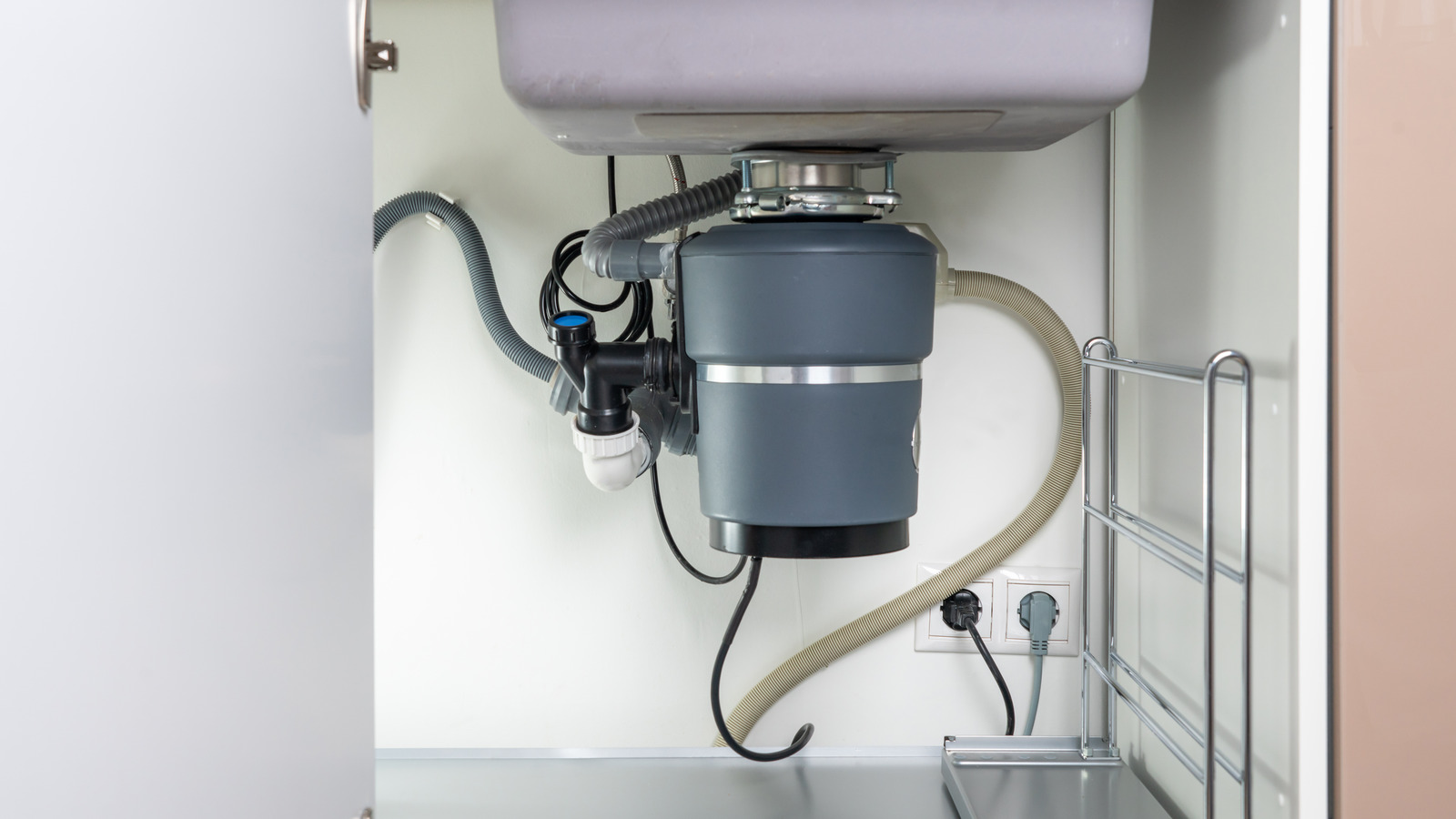

Articles
What Is The Thing In The Sink That Grinds Food Called
Modified: October 19, 2024
Discover the answer to "What is the thing in the sink that grinds food called" in our informative articles. Learn about its purpose and functionality.
(Many of the links in this article redirect to a specific reviewed product. Your purchase of these products through affiliate links helps to generate commission for Storables.com, at no extra cost. Learn more)
Introduction
In every kitchen, there is a sink with a mysterious device tucked beneath it. This device plays a crucial role in handling food waste and keeping our plumbing systems in good shape. But what exactly is this contraption called?
The device in question is known as a sink grinding unit, also referred to as a garbage disposal or a garbage disposer. It is a handy kitchen appliance that is installed in the sink’s drain and provides an efficient way to dispose of food waste. The sink grinding unit is designed to grind food scraps into tiny particles that can easily be flushed down the drain, reducing the amount of waste that ends up in landfills.
Key Takeaways:
- Sink grinding units, also known as garbage disposals, efficiently process food waste, reducing landfill waste and methane emissions. They contribute to a sustainable circular economy and environmental conservation.
- Alternative methods like composting and responsible meal planning offer viable options for managing food waste, complementing the benefits of sink grinding units. By exploring diverse approaches, households can minimize their ecological footprint and contribute to a sustainable future.
Read more: What Are The Stove Top Things Called
Definition of the Sink Grinding Unit
A sink grinding unit is an electrically-powered device that is installed between the sink’s drain and the plumbing system. It is primarily used to break down food waste into smaller pieces, allowing it to be easily swept away by the water without clogging the pipes. The unit consists of a motor, grinding chamber, and rotating impellers that work together to shred and grind food waste into fine particles.
Key Takeaways:
- Sink grinding units, also known as garbage disposals, efficiently process food waste, reducing landfill waste and methane emissions. They contribute to a sustainable circular economy and environmental conservation.
- Alternative methods like composting and responsible meal planning offer viable options for managing food waste, complementing the benefits of sink grinding units. By exploring diverse approaches, households can minimize their ecological footprint and contribute to a sustainable future.
Read more: What Are The Stove Top Things Called
Definition of the Sink Grinding Unit
A sink grinding unit, sometimes referred to as a garbage disposal or garbage disposer, is a kitchen appliance that is installed beneath the sink. Its primary function is to grind up and dispose of food waste. Instead of throwing food scraps in the trash, the sink grinding unit allows homeowners to conveniently and quickly get rid of them down the drain.
The sink grinding unit is powered by electricity and is typically installed between the sink’s drain and the plumbing system. It consists of a motor, grinder or shredder rings, and a hopper. When activated, the motor spins the grinder or shredder rings at high speeds, effectively breaking down the food waste into small particles.
The design of a sink grinding unit involves several safety features to ensure the unit works effectively and to prevent accidents. For instance, many modern sink grinding units have a magnetic ring that prevents metallic objects from falling into the shredder. Some units also have a reset button on the bottom in case of a jam, and a splash guard to prevent debris from splashing out of the sink.
The main purpose of installing a sink grinding unit is to minimize the amount of food waste that ends up in landfills. When food scraps are put in the trash, they create odors, attract pests, and contribute to environmental pollution. Sink grinding units offer a more sustainable option for disposing of food waste by grinding it and sending it through the plumbing system to wastewater treatment facilities.
It is important to note that not all homes have sink grinding units installed. The presence of a sink grinding unit depends on the preference of the homeowner and the plumbing infrastructure of the house. Some homes may have alternative methods of dealing with food waste, such as composting or using a separate food waste bin.
Overall, a sink grinding unit is a convenient and environmentally-friendly solution for managing food waste in the kitchen. It provides a quick and efficient way to dispose of food scraps, reduces the risk of clogged drains, and helps minimize the impact on landfills.
How Does the Sink Grinding Unit Work?
The sink grinding unit may seem like a mysterious contraption, but its operation is actually quite straightforward. It works by using a combination of sharp blades, a grinding chamber, and water to effectively process food waste. Here’s a step-by-step breakdown of how the sink grinding unit works:
- Activation: To start using the sink grinding unit, you typically need to turn on the water and then activate the unit. This is usually done by flipping a switch or pressing a button located on the unit or the wall near the sink.
- Grinding Process: Once activated, the sink grinding unit’s motor powers the sharp blades or grinding discs inside the grinding chamber. These blades or discs rotate at high speeds, creating a centrifugal force that propels the food waste against the chamber’s walls.
- Shredding and Grinding: As the food waste comes into contact with the rotating blades or discs, it is cut, shredded, and ground into small particles. The powerful motor and sharp blades ensure that the food waste is thoroughly broken down, resulting in fine bits that can easily be washed away.
- Water Flow: Water plays a vital role in the functioning of the sink grinding unit. It is crucial to keep the grinding chamber lubricated and to assist in flushing the processed food waste down the drain. The sink grinding unit is equipped with small holes or openings that allow water to enter the chamber, helping to carry the ground-up food waste along and into the plumbing system.
- Drainage: As the ground food waste mixes with the water, it flows through the sink grinding unit and into the drainpipe. From there, it continues its journey through the plumbing system and eventually reaches the sewage or wastewater treatment facility.
It’s important to note that sink grinding units are designed to handle certain types of food waste. They are typically not able to process large or hard items such as bones, fruit pits, or shells. These should be disposed of separately and not put into the sink grinding unit to avoid damage to the unit’s components.
Overall, the sink grinding unit’s efficient grinding and water flow system work together to break down food waste into smaller particles and safely transport it through the plumbing system. This not only eliminates the need to manually dispose of food scraps but also helps prevent clogs and keeps the kitchen clean and odor-free.
Components of the Sink Grinding Unit
The sink grinding unit is composed of several key components that work together to effectively grind and dispose of food waste. Understanding these components can give you a better idea of how the unit functions. Here are the main components of a typical sink grinding unit:
- Motor: The motor is the heart of the sink grinding unit. It is responsible for powering the unit and driving the grinding mechanism. The motor operates at high speeds to ensure efficient and effective grinding of food waste.
- Grinding Chamber: The grinding chamber is where the actual grinding process takes place. It is usually a cylindrical or cone-shaped chamber made of durable materials such as stainless steel or galvanized steel. The chamber is designed to contain and guide the food waste toward the grinder or shredder rings.
- Grinder or Shredder Rings: The grinder or shredder rings are the cutting elements within the grinding chamber. These rings have sharp blades or teeth that rotate rapidly when the unit is activated. Their main function is to slice, shred, and grind the food waste into small particles.
- Hopper: The hopper is the opening at the top of the sink grinding unit. It serves as the entry point for food waste into the grinding chamber. When food waste is dropped into the sink, it falls through the hopper and into the grinding chamber, where it is processed.
- Water Inlet: The sink grinding unit requires a steady flow of water to aid in the grinding and disposal process. The water inlet allows water to enter the grinding chamber, providing lubrication and facilitating the flushing of the ground food waste down the drain.
- Splash Guard: The splash guard is a protective cover located at the top of the sink grinding unit around the opening. It serves to prevent food waste and water from splashing out of the sink while the unit is in operation. The splash guard also helps to reduce noise and keep the grinding process contained within the unit.
- Reset Button: Some sink grinding units are equipped with a reset button, typically located on the bottom of the unit. This button is designed to be pressed in case of a jam or overload. When the unit senses a blockage, pressing the reset button can help free any stuck food waste and restore normal operation.
These components work in harmony to ensure the sink grinding unit effectively processes food waste and prevents clogs in the plumbing system. However, it’s important to note that the specific design and features of sink grinding units may vary depending on the manufacturer and model.
Understanding the various components of the sink grinding unit can help homeowners make informed decisions about its installation, use, and maintenance. With proper care and regular maintenance, the sink grinding unit can provide years of hassle-free food waste disposal.
The thing in the sink that grinds food is called a garbage disposal. It helps to break down food waste so it can be easily flushed away through the plumbing system. Make sure to run water while using it to help with the grinding process.
Common Issues and Troubleshooting
While sink grinding units are generally reliable and durable, occasional issues can occur. Here are some common problems that may arise with a sink grinding unit and some troubleshooting tips to help address them:
- Jamming: Food waste can sometimes get stuck in the grinding chamber, causing the unit to jam. If your sink grinding unit is not working or making a humming sound without grinding, it may be jammed. To fix this, turn off the unit, disconnect the power, and use a special tool provided by the manufacturer or an Allen wrench to manually rotate the blades and dislodge any obstructions. Avoid using your hands or hard objects to prevent injury or damage to the unit.
- Clogging: Sometimes, larger food particles or fibrous materials can cause clogs in the sink grinding unit or the drainpipe. If the water is draining slowly or not at all, it may indicate a clog. First, try running hot water through the unit for a few minutes to dissolve any grease or debris. If that doesn’t work, you can try using a plunger or a specially designed sink plunger to remove the clog. Avoid using chemical drain cleaners as they can damage the unit and the plumbing system.
- Leaks: Leaks can occur in various parts of the sink grinding unit, including the connection points, the drainpipe, or even the grinding chamber. If you notice water dripping or pooling around the unit, it’s important to identify the source of the leak. Check the connections and tighten any loose fittings. If the leak persists, it may be necessary to replace faulty components or seek professional help to fix the issue.
- Strange Noises: Unusual noises coming from the sink grinding unit may indicate a problem. Rattling or grinding noises could mean loose or damaged components, while squeaking or squealing sounds may indicate issues with the motor or bearings. In such cases, it is best to turn off the unit and contact a professional for inspection and repair.
- Electrical Malfunctions: If the sink grinding unit fails to turn on or suddenly stops working, there may be electrical issues. First, check the circuit breaker or fuse box to ensure there hasn’t been a tripped breaker or blown fuse. If the problem persists, it could mean a faulty switch, wiring, or motor. It’s advisable to call a qualified electrician or a professional technician to diagnose and resolve electrical problems.
Regular maintenance and proper usage can help prevent many of these issues. Remember to run the water before and after using the sink grinding unit to aid in the grinding process and flush away the ground food waste. Also, avoid overloading the unit with large quantities of food waste at once, and refrain from disposing of non-biodegradable items or hard substances that could damage the unit.
If you encounter persistent problems or are unsure how to troubleshoot an issue, it’s always wise to seek assistance from a professional plumber or the manufacturer’s customer support. They can provide further guidance and help ensure the sink grinding unit operates smoothly and efficiently.
Maintenance and Care Tips
Proper maintenance and care are essential for ensuring the longevity and optimal performance of your sink grinding unit. By following these maintenance tips, you can keep your unit in good condition and prevent common issues:
- Regular Cleaning: Clean the sink grinding unit periodically to remove any leftover debris or residue. One way to do this is by grinding a handful of ice cubes to help dislodge any particles stuck in the grinding chamber. You can also add a small amount of dish soap to help eliminate odors. After grinding the ice and soap, flush the unit with cold water to rinse it out.
- Odor Prevention: To prevent unpleasant odors, consider using natural deodorizers. Grinding citrus peels, such as lemon or orange rinds, can help freshen up the sink grinding unit. You can also utilize baking soda or vinegar by pouring a small amount into the unit and allowing it to sit for a few minutes before rinsing with water.
- Avoid Certain Foods: While sink grinding units are designed to handle most food waste, there are certain items that should not be put into the unit. Avoid disposing of hard materials like bones, fruit pits, or shells, as they can damage the grinding mechanism. Additionally, fibrous foods like celery stalks or corn husks can tangle around the blades and cause clogs.
- Run Water Before and After Use: Before activating the sink grinding unit, run cold water for a few seconds to help lubricate the grinding chamber. After use, continue running the water for at least 10 to 15 seconds to flush out any remaining food waste and ensure it is properly transported through the plumbing system.
- Avoid Grease and Oil: Avoid pouring grease, cooking oil, or fats down the sink, as they can solidify and cause clogs in the unit and the drainpipe. Instead, dispose of grease in a separate container and dispose of it in the trash or recycle it if possible.
- Check for Leaks: Periodically inspect the connections and pipes around the sink grinding unit for any signs of leaks. If you notice leaks or drips, tighten any loose fittings or consider contacting a professional plumber for assistance.
- Professional Maintenance: While regular cleaning and care can prevent many issues, it is recommended to have your sink grinding unit professionally inspected and serviced periodically. A professional can ensure that all components are functioning correctly and address any potential problems before they escalate.
By following these maintenance and care tips, you can keep your sink grinding unit operating smoothly and efficiently. Remember to always refer to the manufacturer’s guidelines and recommendations for specific maintenance instructions.
Above all, using the sink grinding unit responsibly and avoiding misuse will help extend its lifespan and ensure trouble-free operation. With proper care, your sink grinding unit will continue to provide a convenient and hygienic way to dispose of food waste in your kitchen.
Environmental Impact of Sink Grinding Units
Sink grinding units play a significant role in reducing the environmental impact of food waste. Traditional methods of disposing of food waste, such as throwing it in the trash, often lead to overflowing landfills and methane gas emissions. Sink grinding units offer a more sustainable alternative. Here’s a closer look at the environmental benefits of using sink grinding units:
- Reduced Landfill Waste: By grinding food waste into small particles, sink grinding units enable the waste to be flushed through the plumbing system and transported to wastewater treatment facilities. This reduces the amount of food waste that ends up in landfills, helping to alleviate the strain on these already overburdened sites.
- Decreased Methane Emissions: When organic waste decomposes in landfills, it produces methane, which is a potent greenhouse gas that contributes to climate change. Sink grinding units divert food waste away from landfills, reducing the production of methane gas. Instead, the ground food waste is sent to wastewater treatment plants, where it can be properly managed and treated.
- Efficient Resource Utilization: Sink grinding units allow for the utilization of food waste as a resource. The ground food waste can be processed at wastewater treatment facilities, where it can be converted into biogas or used in the production of organic fertilizers. This helps to close the loop in the circular economy by transforming waste into valuable resources.
- Energy Generation: Some wastewater treatment facilities have anaerobic digestion systems, which can convert the ground food waste into biogas. This biogas can then be used to generate electricity or heat. By using sink grinding units and properly managing food waste, we can contribute to the generation of renewable energy, further reducing our reliance on fossil fuels.
- Pest and Odor Control: When food waste is disposed of in trash bins, it can attract pests, such as rats or insects, and produce unpleasant odors. Sink grinding units effectively remove food waste from the kitchen, minimizing the risk of pest infestations and foul smells in and around the home.
- Water Conservation: Some sink grinding units are equipped with water-saving features, such as sensors or timers, to minimize water usage during operation. This promotes water conservation and reduces the overall environmental impact associated with using these units.
It is worth noting that while sink grinding units offer environmental benefits, they are not a standalone solution to food waste management. They should be used in conjunction with other sustainable practices, such as composting or reducing food waste at the source.
Ultimately, by utilizing sink grinding units, we can significantly reduce the amount of food waste that ends up in landfills, mitigate greenhouse gas emissions, conserve resources, and contribute to a more sustainable and circular economy.
Alternatives to Sink Grinding Units
While sink grinding units provide a convenient and efficient way to dispose of food waste, they may not be suitable for every household or situation. Here are some alternative methods to consider for managing food waste:
- Composting: Composting is an eco-friendly and sustainable method of managing organic waste. Food scraps, along with yard waste and other biodegradable materials, can be collected in a compost bin or pile and allowed to decompose naturally. The resulting compost is a nutrient-rich soil amendment that can be used in gardens, potted plants, or landscaping.
- Food Waste Bins: Many municipalities offer separate food waste collection programs. These programs provide households with special bins or bags to collect food waste, which is then collected separately from regular trash. The collected food waste is typically sent to commercial composting or anaerobic digestion facilities to be processed into compost or biogas.
- Donate Food: Consider donating excess or unspoiled food to local charities, food banks, or community organizations. This not only reduces waste but also helps support those in need within your community.
- Meal Planning and Portion Control: One of the best ways to reduce food waste is to plan meals carefully and practice portion control. By only buying and preparing the amount of food that is needed, you can minimize leftover waste and maximize resource utilization.
- Food Preservation: Preserve food by canning, freezing, or dehydrating it. These methods extend the shelf life of perishable items, reducing the likelihood of them going to waste.
- Backyard Chickens: If local regulations allow, keeping backyard chickens can be an effective way to manage food scraps. Chickens can consume a variety of food waste, including vegetable scraps, bread, and grains. Their waste can be used as fertilizer or composted.
It’s important to assess your specific needs and available resources when considering alternatives to sink grinding units. Factors such as available space, local regulations, and access to composting or food waste collection programs can influence the most suitable method for your situation.
Additionally, a combination of methods may be beneficial. For example, you could use a sink grinding unit for some food waste and compost the remainder. Experimenting with different approaches allows you to find the most effective and sustainable solution for your household.
Remember, the goal is to minimize food waste, divert it from landfills, and make the most of our valuable resources. By exploring alternative methods, you can contribute to a more sustainable and environmentally-friendly approach to managing food waste.
Conclusion
The sink grinding unit, also known as a garbage disposal or garbage disposer, offers a convenient and sustainable way to manage food waste in the kitchen. By grinding food scraps into small particles, these units reduce the amount of waste that ends up in landfills, decrease methane emissions, and contribute to the circular economy. However, it’s important to consider alternative methods based on individual circumstances and preferences.
Composting, food waste collection programs, and responsible meal planning are all viable alternatives to sink grinding units. These methods allow for the utilization of food waste as a resource, whether it be through the creation of nutrient-rich compost or the generation of renewable energy. Selecting the right method depends on factors such as space availability, local regulations, and personal preferences.
Regardless of the method chosen, it’s crucial to be mindful of the environmental impact of food waste and take steps to reduce it. Practicing proper waste disposal, avoiding overbuying or preparing excess food, and prioritizing responsible consumption all contribute to a sustainable and environmentally-friendly approach to managing food waste.
In conclusion, sink grinding units provide a practical solution for disposing of food waste, and their utilization can significantly reduce the environmental impact of food waste. However, alternatives such as composting, food waste collection programs, and responsible consumption should also be considered to ensure the most effective and sustainable management of food waste.
By adopting these methods and taking responsibility for our food waste, we can minimize our ecological footprint, help protect the environment, and work towards a more sustainable future for generations to come.
Frequently Asked Questions about What Is The Thing In The Sink That Grinds Food Called
Was this page helpful?
At Storables.com, we guarantee accurate and reliable information. Our content, validated by Expert Board Contributors, is crafted following stringent Editorial Policies. We're committed to providing you with well-researched, expert-backed insights for all your informational needs.
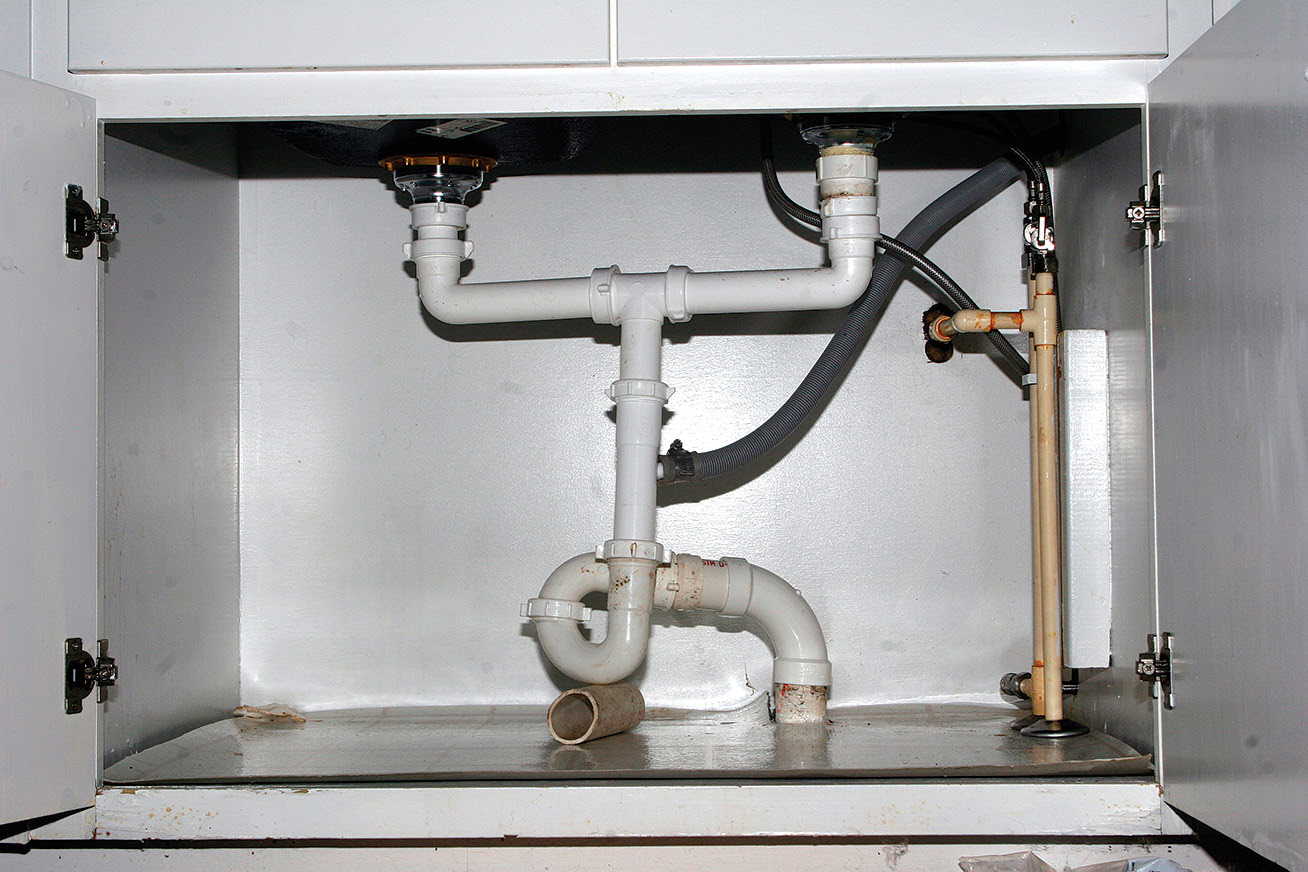
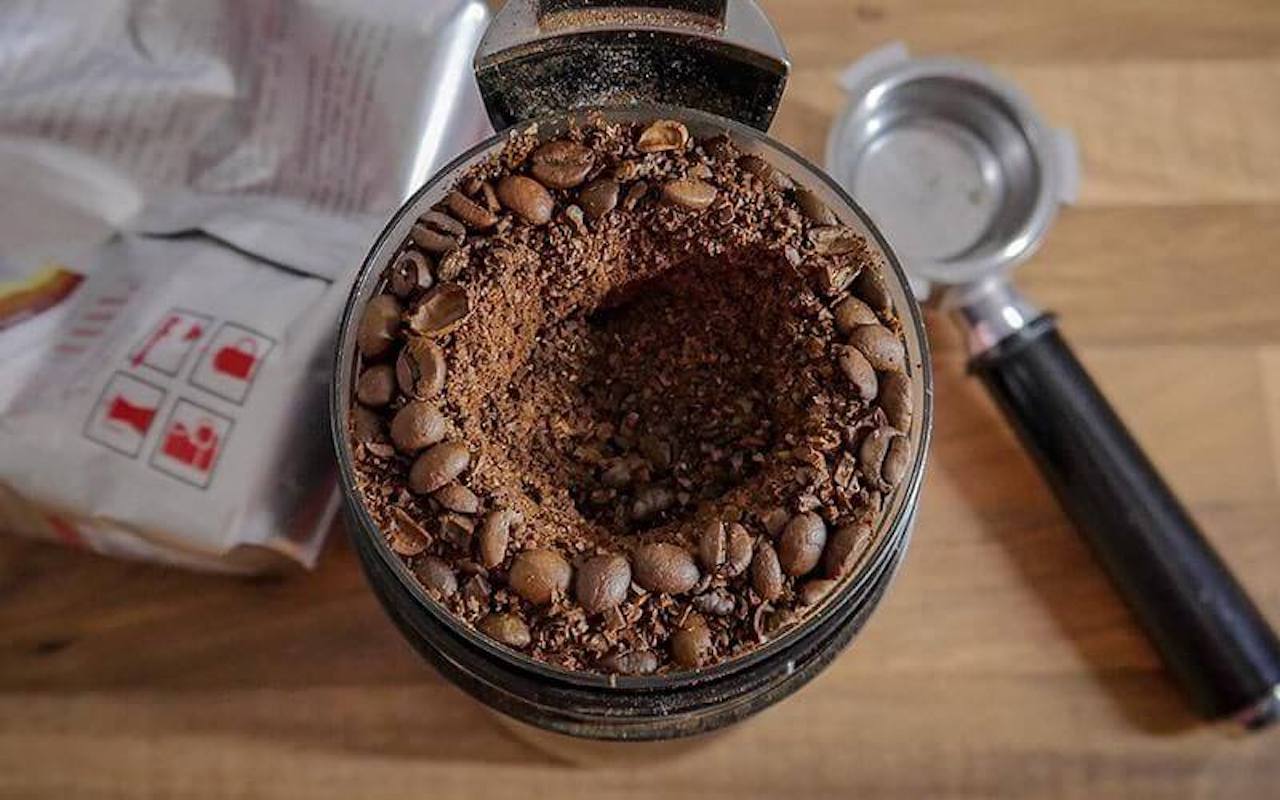
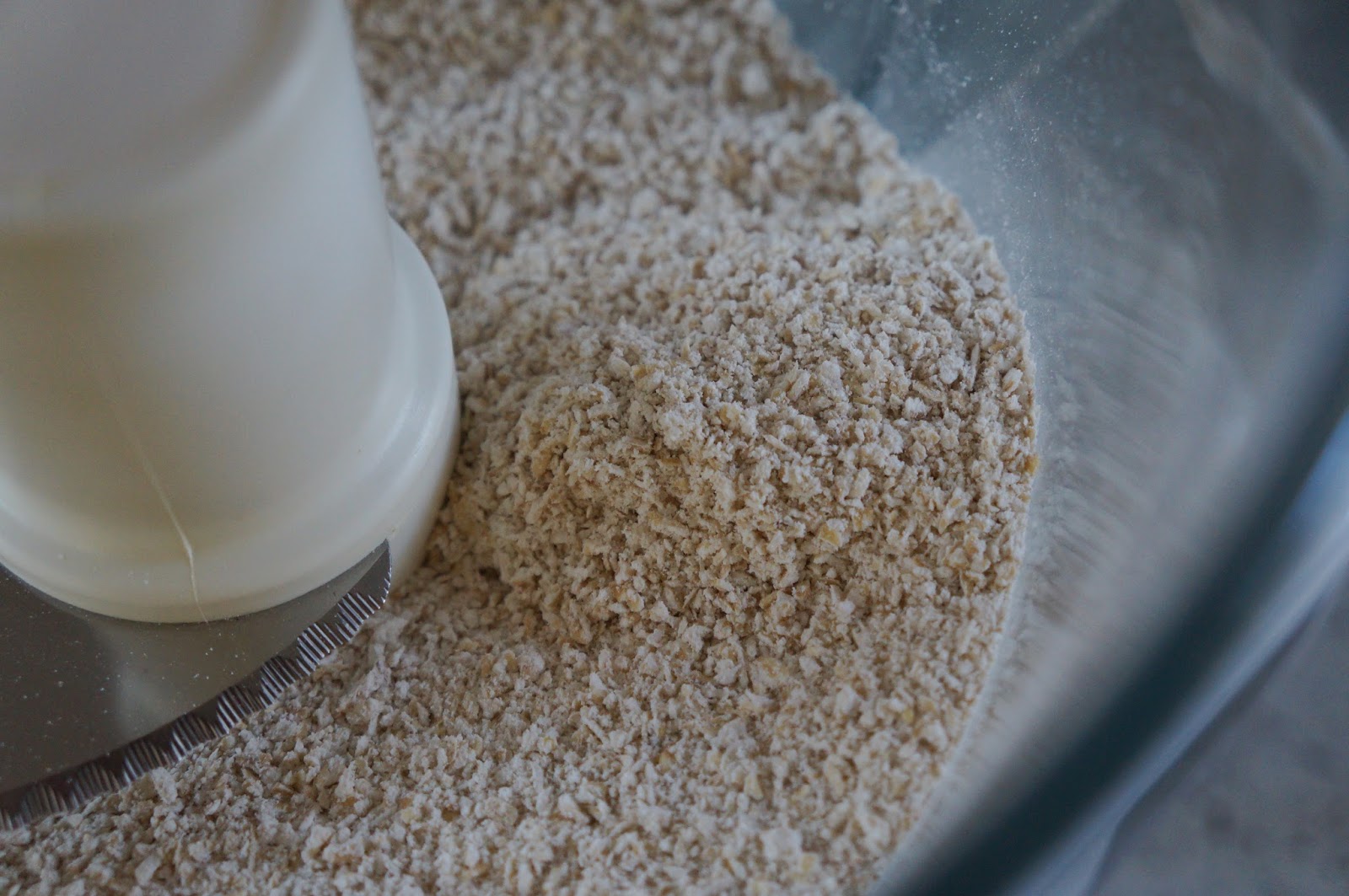
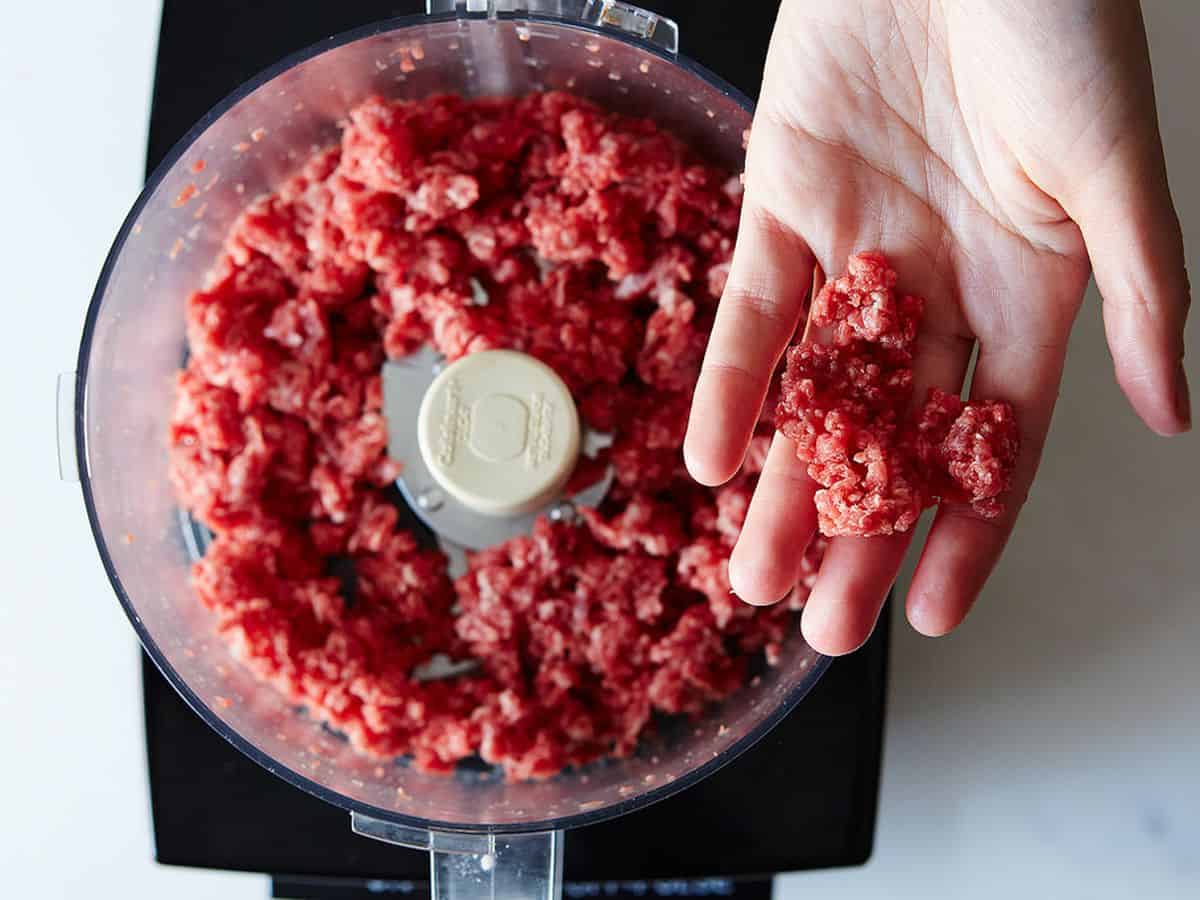
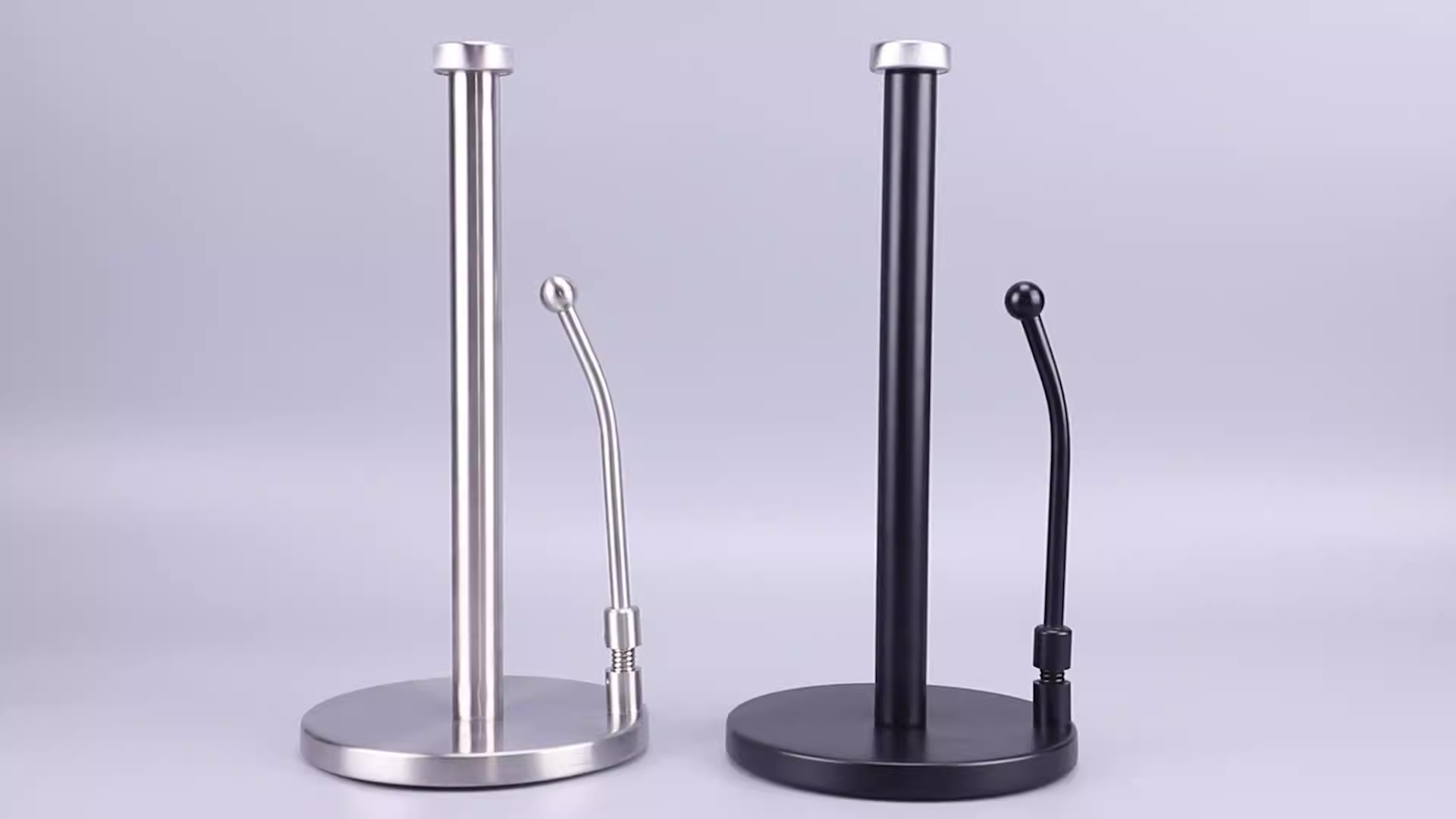

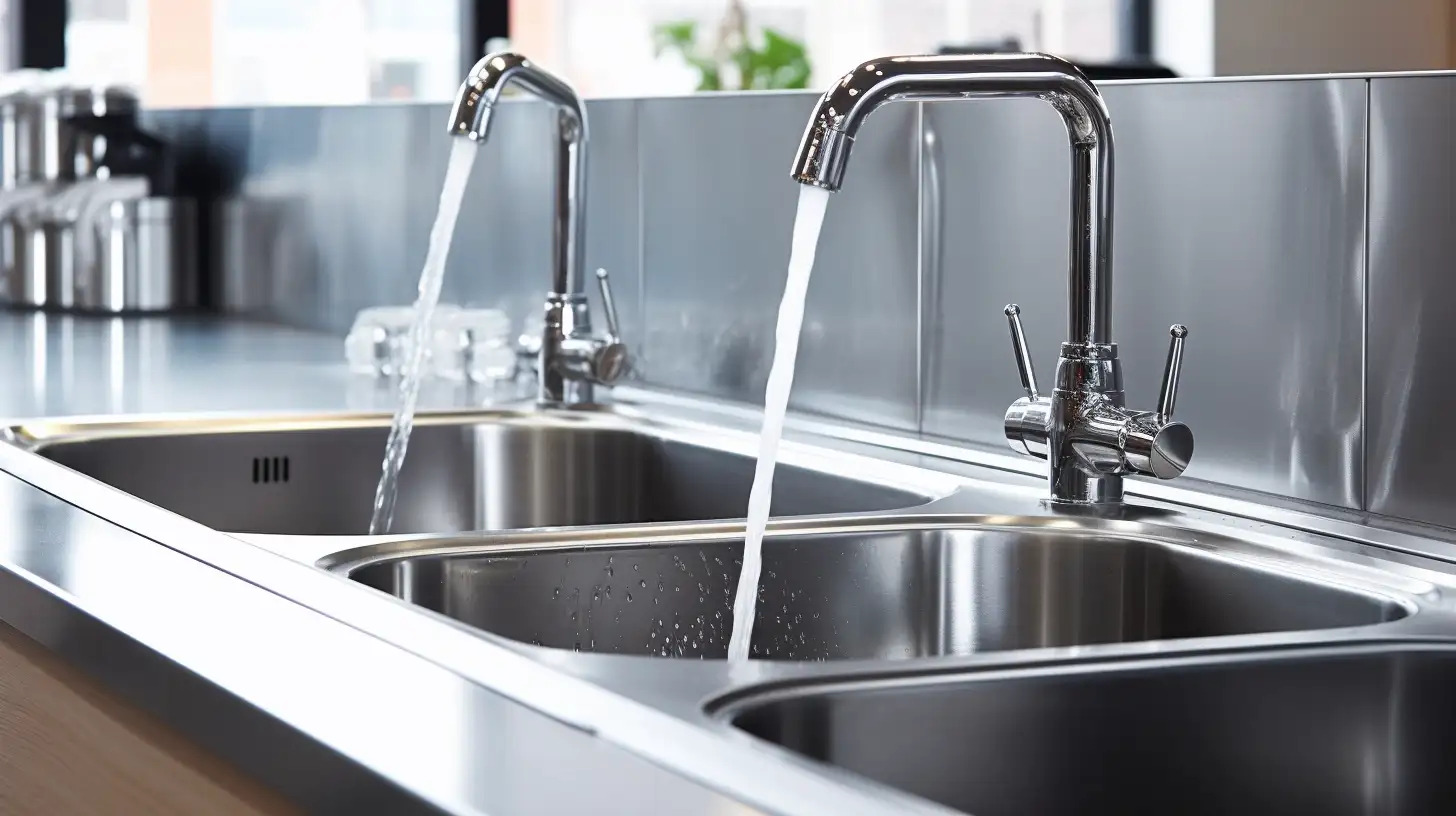
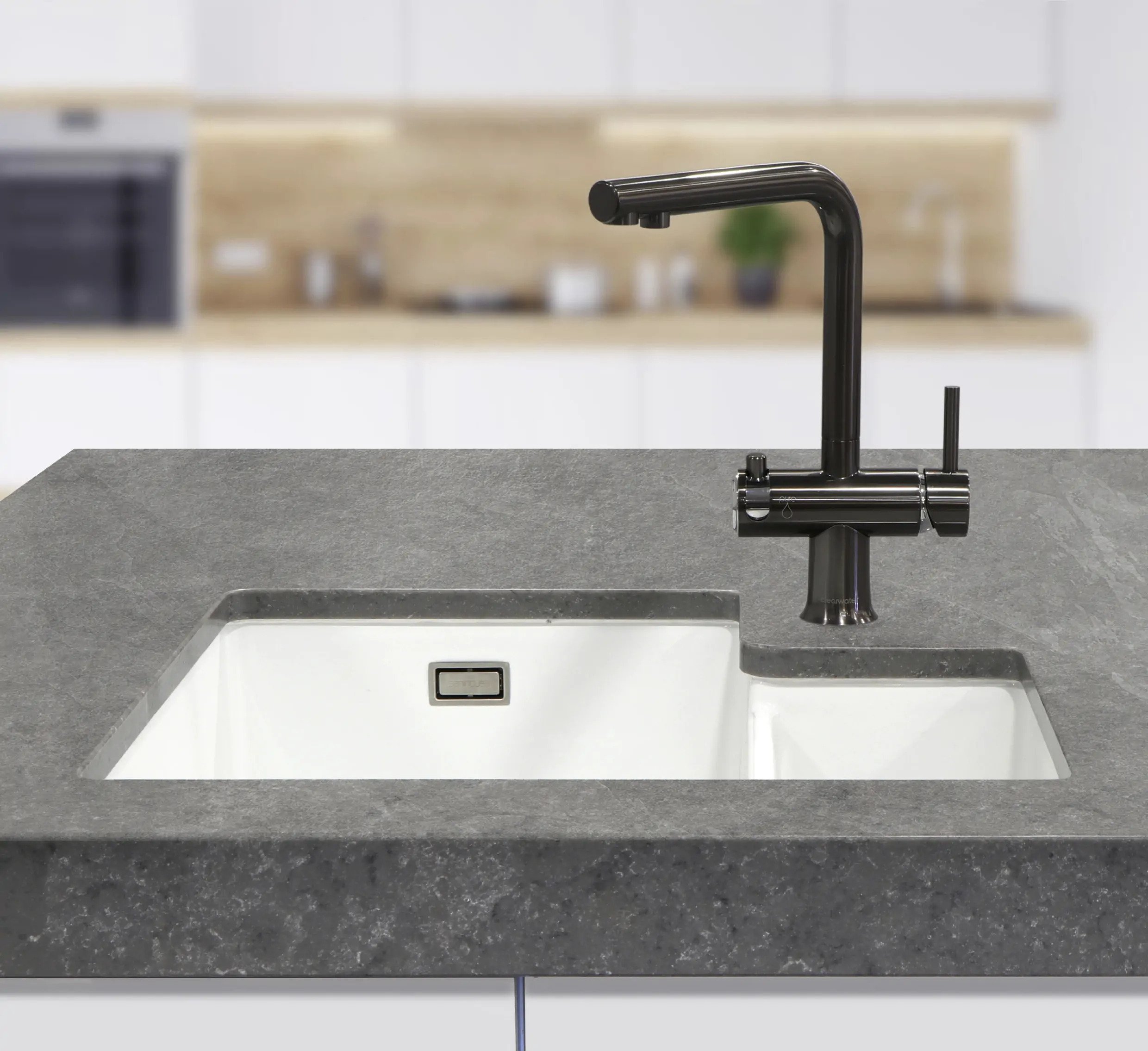
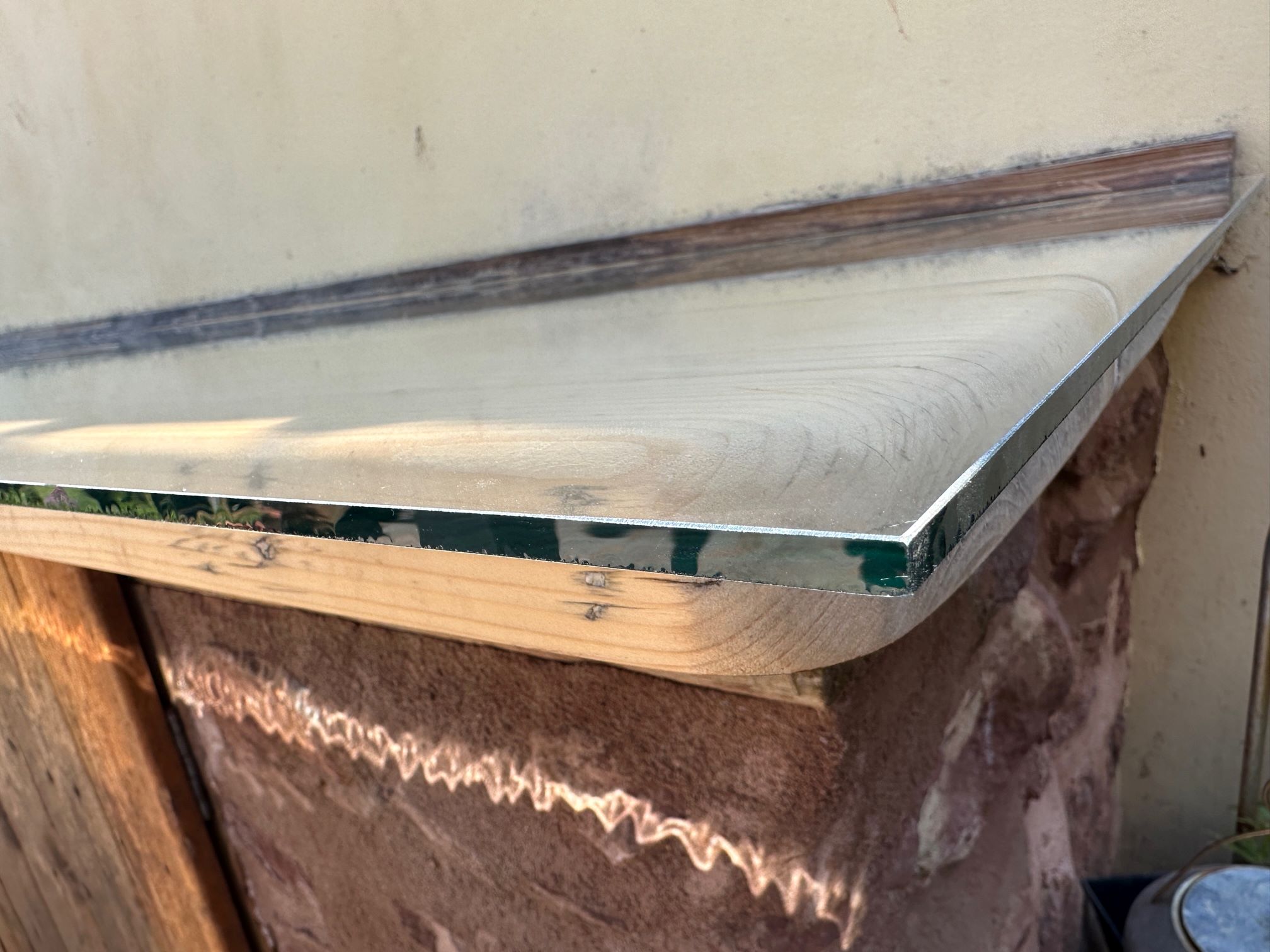
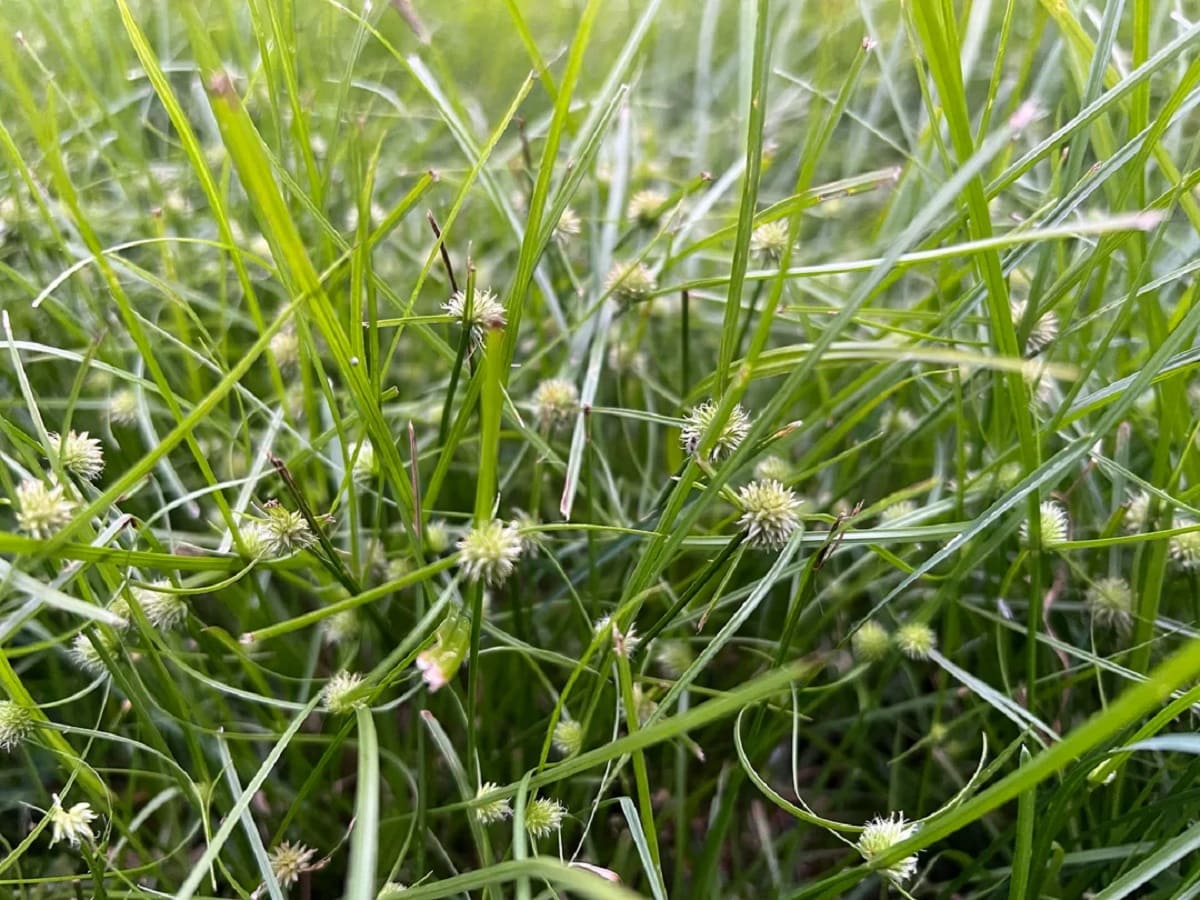
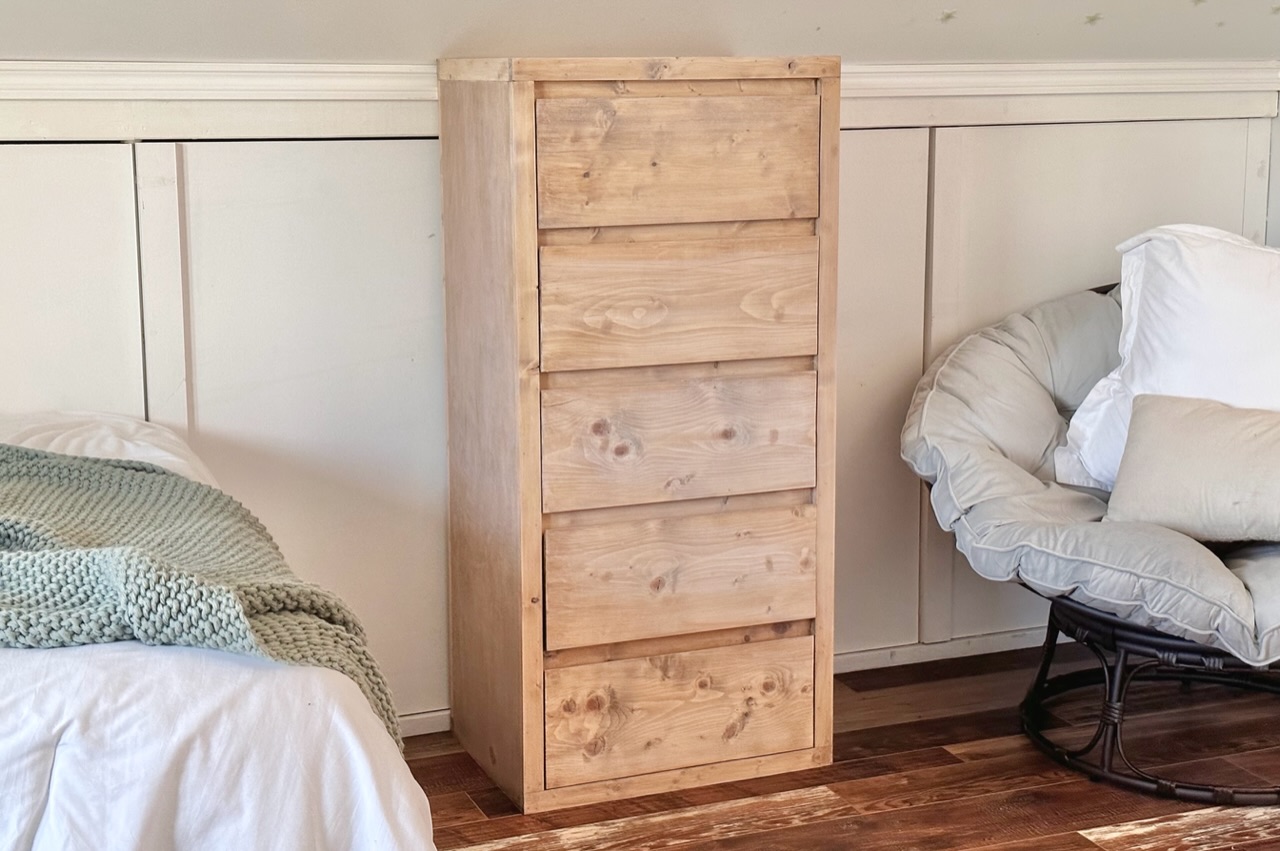

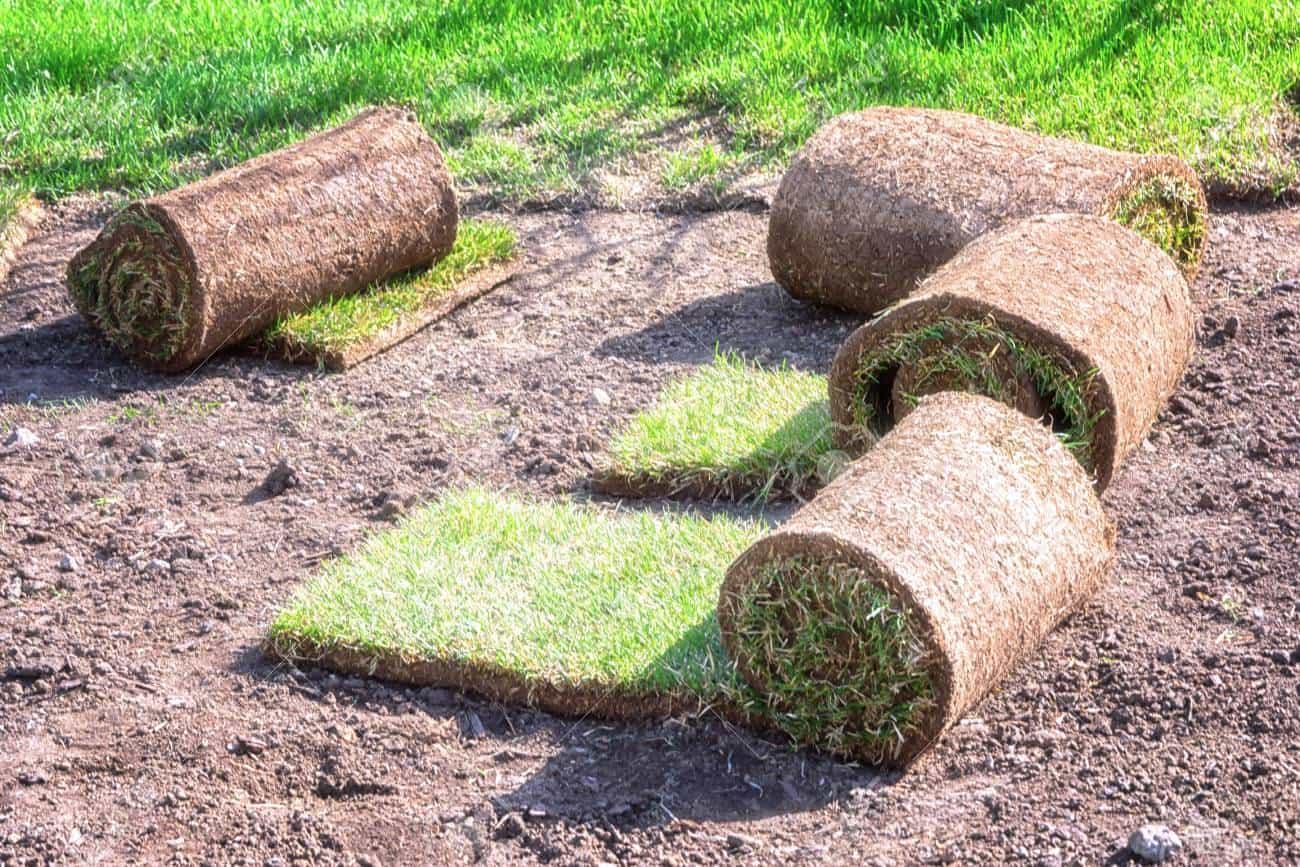

0 thoughts on “What Is The Thing In The Sink That Grinds Food Called”